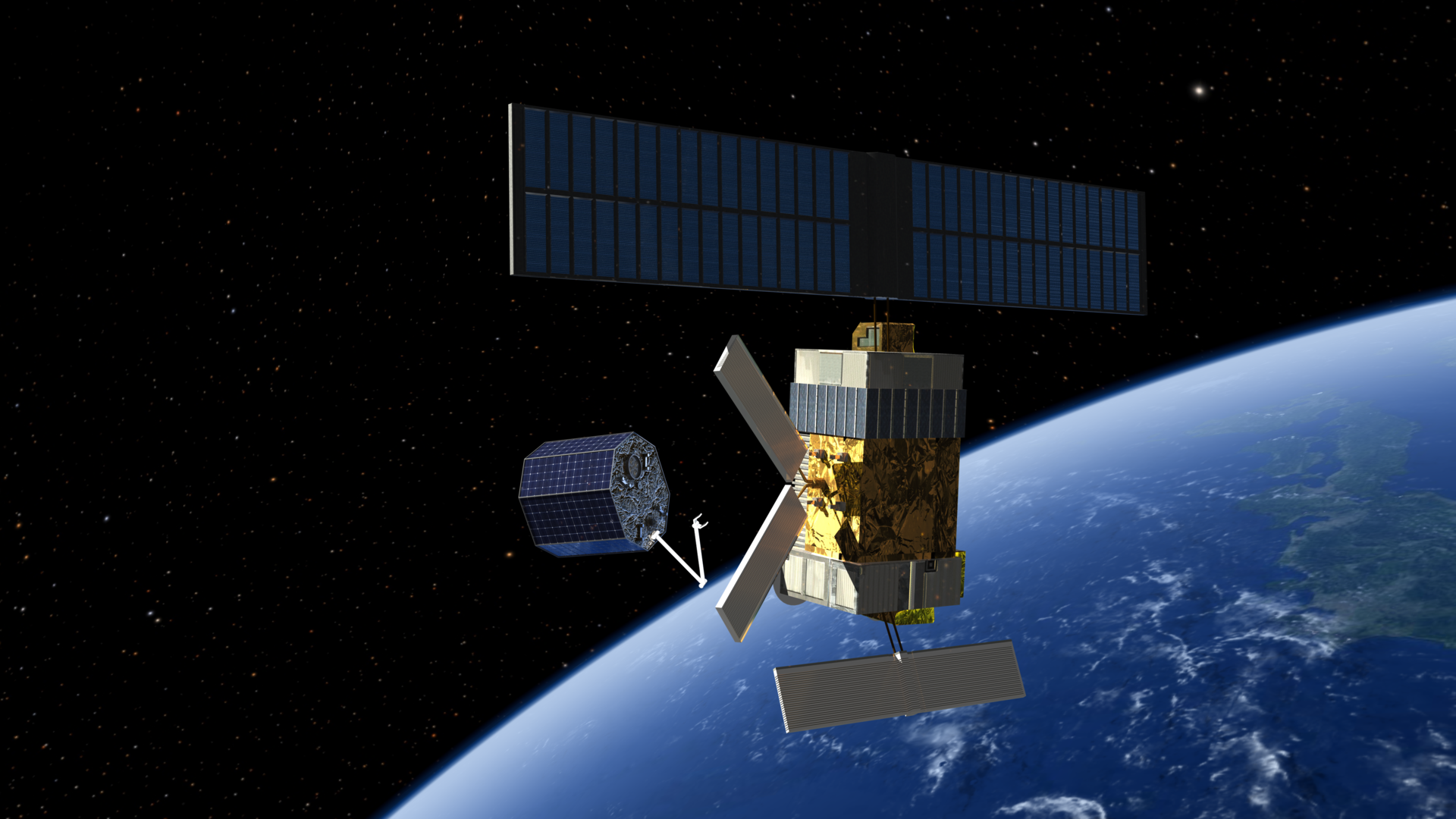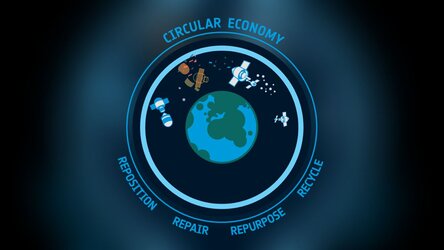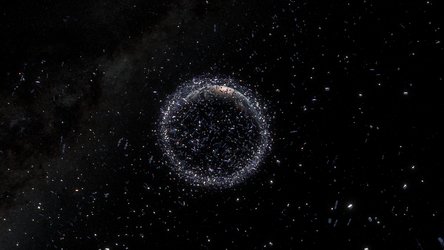Help ESA pave the way for a space circular economy
ESA plans to implement a circular economy in space by 2050. To achieve this, we are looking for creative solutions to contribute to greater sustainability in space activities.
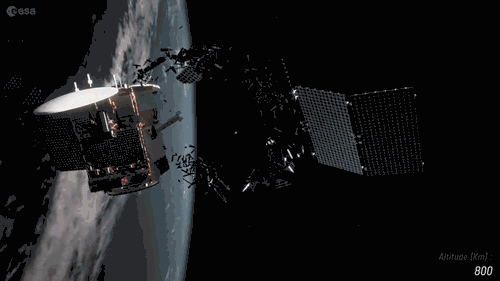
In the past few years, the number of satellites launched has significantly increased and millions of space debris objects are left orbiting Earth, posing risks to operational spacecraft. For that reason, ESA is actively seeking to limit the production of debris in Earth orbit by 2030.
But this is just the first step towards space debris neutrality. Following that, the goal is to implement a circular economy in space, ensuring long-term orbital sustainability through in-orbit servicing, in-orbit assembly, in-orbit manufacturing, and eventually in-orbit recycling.
"Through the Clean Space Initiative, ESA aims to reduce the environmental impact of its activities. Space circular economy is essentially one of the ways we could achieve that in the long-term," explains Antonio Caiazzo, space systems engineer at ESA and campaign manager.
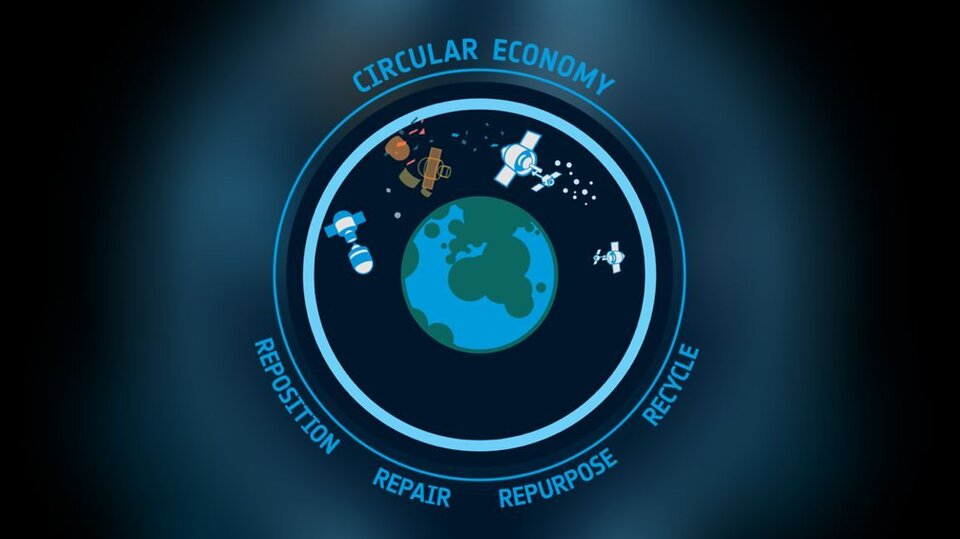
In-Orbit Servicing (IOS) is not a novel idea at ESA. Recent studies, such as the OMAR (On-Orbit Manufacture, Assembly and Recycling) project, addressed IOS in a smaller scale and helped ESA identify the benefits and the challenges of a circular economy in space. "Now we want to tackle those challenges and push them forwards to make this revolutionary space ecosystem a reality" says Antonio.
This is why ESA is looking for ideas for missions and system concepts that could provide on-orbit refurbishment, manufacturing, and recycling. "This call for proposals intends to select preliminary mission or concept systems to do this type of operation in space," says Calum Turner, ESA Young Graduate Trainee also leading this call. "We really encourage innovative ideas coming from academia and industry."
Launch your ideas
The proposed mission or system can investigate brand new concepts or improve existing ones that haven't been completely developed due to certain constraints. "Proposals should clearly identify the needs for space circular economy, including which type of technology is required, its readiness level and feasibility." highlights Calum.
The call for ideas will be open until 16 February 2024. Up to five selected teams will be given six months and €100 000 from ESA to develop an overall mission architecture design.
The ideas will go through ESA's SysNova technology assessment scheme, that uses technology challenges to competitively determine the best concepts among a variety of alternative options. The most promising challenge will then be awarded a session at the Agency's Concurrent Design Facility (CDF) with ESA experts. If successful, a feasibility study might be put forward and the outcome will be presented at ESA's Ministerial Council in 2025.
This call is being run by the Preparation element of ESA's Basic Activities and Clean Space Office via the Open Space Innovation Platform (OSIP). You can find all the details of the timing, process and conditions here.


